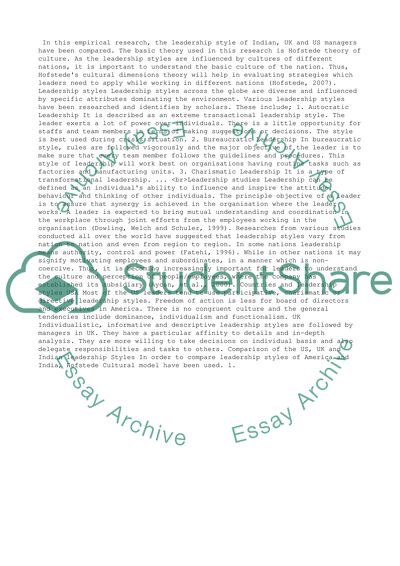Cite this document
(“Cross cultural Coursework Example | Topics and Well Written Essays - 1500 words”, n.d.)
Retrieved from https://studentshare.org/management/1486230-cross-cultural
Retrieved from https://studentshare.org/management/1486230-cross-cultural
(Cross Cultural Coursework Example | Topics and Well Written Essays - 1500 Words)
https://studentshare.org/management/1486230-cross-cultural.
https://studentshare.org/management/1486230-cross-cultural.
“Cross Cultural Coursework Example | Topics and Well Written Essays - 1500 Words”, n.d. https://studentshare.org/management/1486230-cross-cultural.


